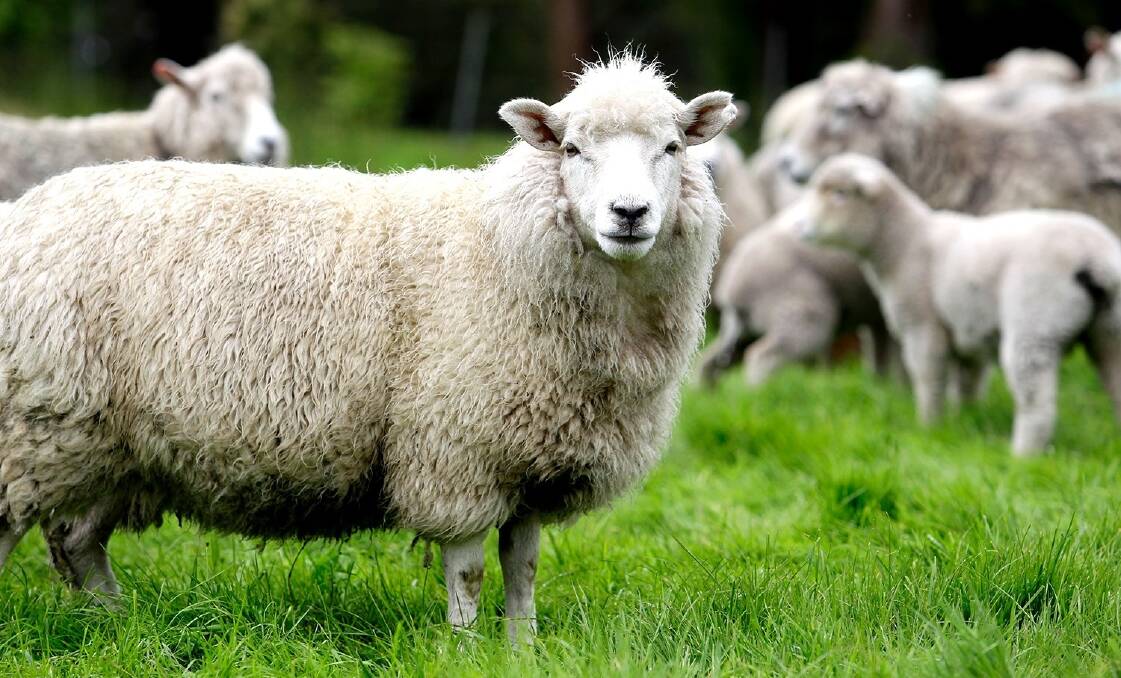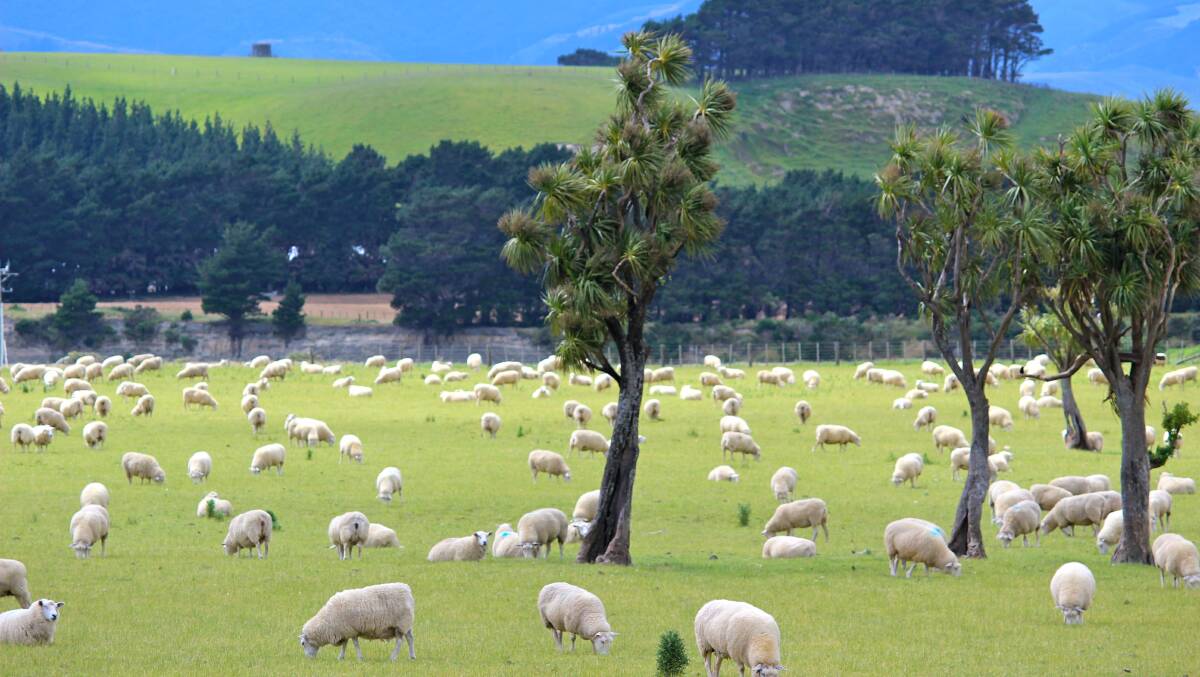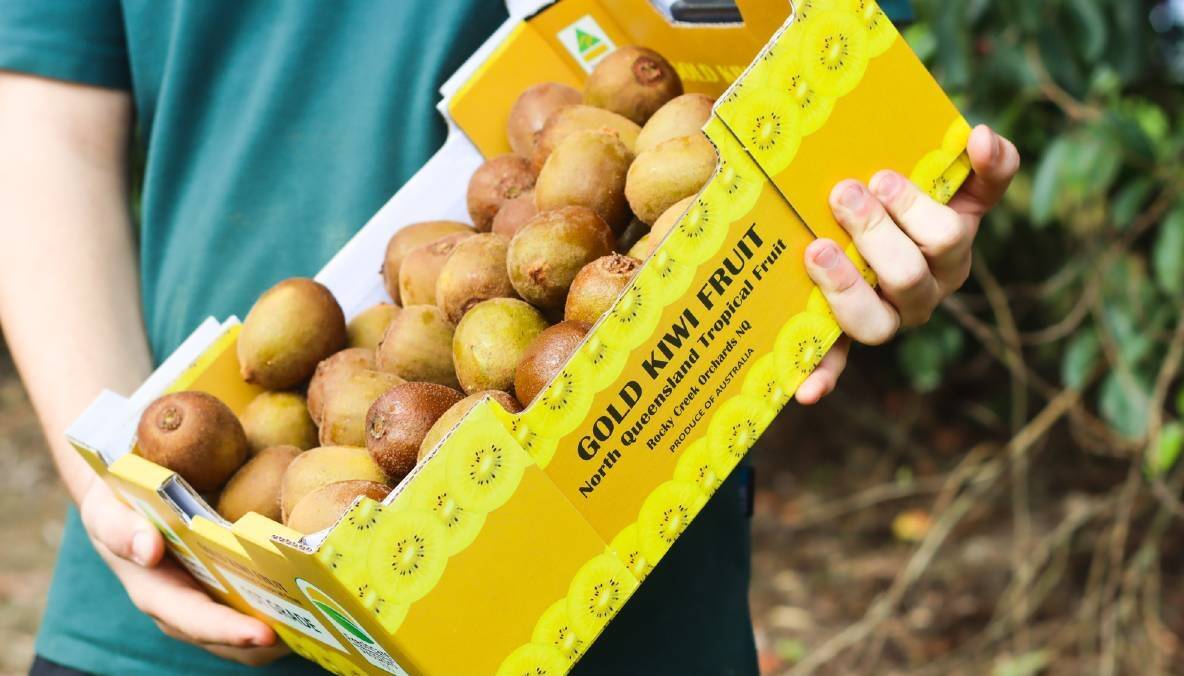
There are fewer than five sheep per person in New Zealand for the first time since records began in the 1850s.
The country's famous sheep flocks have take a nosedive along with wool prices, particularly in the stronger wool microns which has been the Kiwi's speciality.
Land once used for sheep farming is now occupied by more lucrative beef and dairy cattle.
The country's statistics agency, Stats NZ, yesterday said the national sheep flock totalled 25.3 million at June 2022.
This was a drop of 400,000 sheep compared with the previous year, a two per cent decrease.
There were still 22 million lambs tailed in the 2021/2022 year, Stats NZ said.
"The ratio of sheep to people dropped below five to one in 2022, for the first time since the 1850s, when national sheep numbers were first recorded," general manager of economic and environment insights Jason Attewell said.
In the 1980s, New Zealand became famous around the world, and often the subject of jokes, when sheep numbers famously hit 22 per person.
Mr Attewell said Australia currently has three times as many sheep as New Zealand although the national ratio is about three sheep to every person.
Australia's sheep flock is tipped to grow to 78.85 million this year after hitting its low point of 64 million in 2020 through a combination of low prices and drought.

There are fewer sheep as well as dairy cattle and deer in New Zealand's paddocks, according to Stats NZ's five-yearly agricultural census.
The 2022 survey reveals small decreases in the national dairy herd and sheep flock, with dairy cattle numbers also slightly down from the previous year.
Mr Attewell said the total number of dairy cattle was 6.1 million at June 2022.
This was 8pc lower than in 2014 when the total dairy cattle herd peaked at 6.7 million.
While the dairy cattle herd has decreased in both islands, the North Island has seen a much larger fall.
READ MORE: Made to measure future for wool suit market
Across the North Island dairy cattle numbers fell by 11pc (431,000) compared with 2014 (when dairy cattle numbers peaked).
In contrast South Island dairy cattle numbers fell only 5pc (131,000) compared with 2014.
The number of beef cattle has stabilised around 3.9 million.
Beef cattle numbers, which peaked at 6.3 million in the 1970s, totalled 3.5 million in 2016, a historic low.

More recently the number has stabilised and totalled 3.9 million in both 2019 and June 2022.
The country's largest horticultural export (by value) was again Kiwifruit which was planted across 14,700ha in 2022.
Over the last decade , the land area planted in gold kiwifruit has increased by 154pc to 7800ha, while the acreage in green kiwifruit has dropped by a third between 2012 and 2022.


